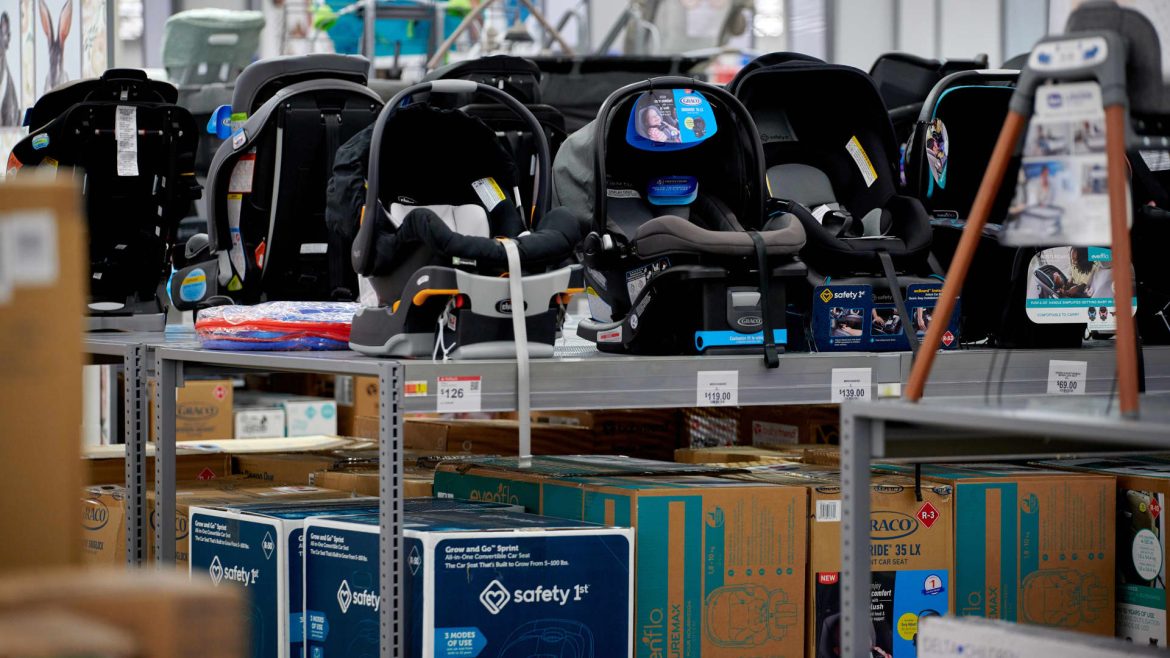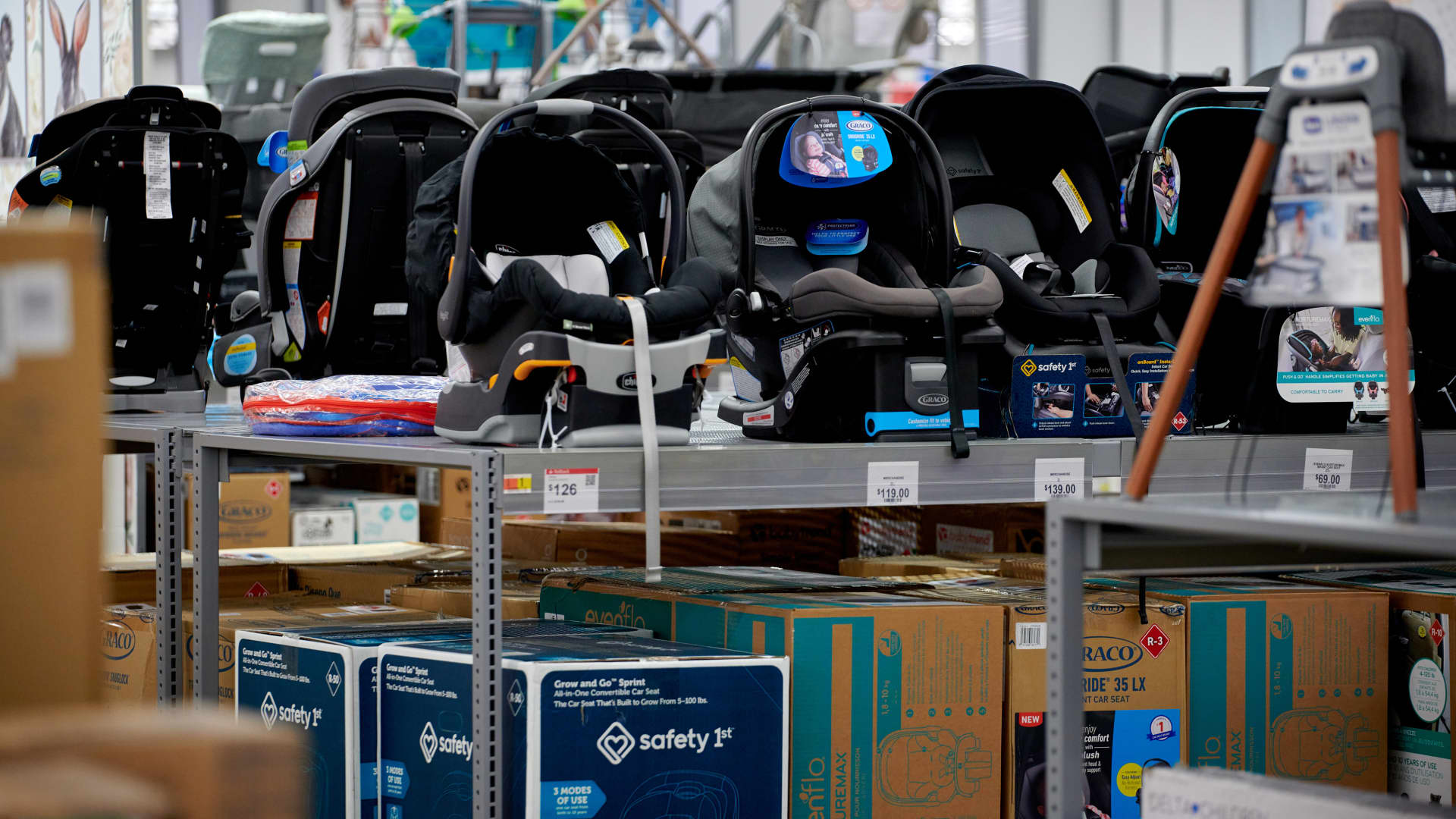The Rising Cost of Baby Essentials Amid Tariff Policies
Introduction: A New Burden on Growing Families
Welcoming a newborn into a family is a joyful occasion, yet increasingly, it is accompanied by financial strain. Recent reports and analyses reveal a sharp rise in the prices of essential baby products — strollers, car seats, cribs, and more — primarily driven by tariff policies introduced during President Donald Trump’s administration. The most striking figure is a 24% increase in prices for key baby items within a mere two-month window, profoundly impacting new parents who are already navigating the expensive early stages of parenthood.
Understanding the Tariff Impact on Baby Products
Tariffs are taxes imposed on imported goods designed to protect domestic industries or generate government revenue. However, the context here shows an unintended consequence: tariffs have dramatically increased costs on baby products, most of which rely heavily on Asian manufacturing, especially Chinese production.
Data highlights:
– Approximately 90% of baby care products and components—ranging from bottles and diaper pails to strollers and car seats—come from Asia.
– Infant furniture faces an average tariff rate as high as 129%, while toys bear tariffs around 113%.
– Popular brands like UPPAbaby have raised prices by hundreds of dollars; for instance, their Vista stroller’s price jumped from $899 to $1,199 after tariffs.
Economic Consequences for Parents and the Baby Industry
The imposition of these tariffs acts as a de facto “baby tax” on families, directly inflating costs on must-have items for infants. The Joint Economic Committee’s Minority office underscored that since early April—prior to tariff announcements—all the way to early June, parents in the U.S. saw a 24% surge in the prices of five common baby products.
Real-world stories illustrate the urgency: couples expecting newborns have had to accelerate their shopping plans, turning what was once a leisurely process into a frantic scramble to purchase gear before prices climb further. With infant care already typically costing American families over $20,000 in the first year alone, these sudden price hikes add a tangible financial burden.
Industry responses further validate the impact:
– Manufacturers and retailers are candid about the tariffs being responsible for price increases.
– Some companies are raising prices preemptively, fearing continued or additional tariffs.
– The reliance on imports complicates the supply chain, making alternatives or domestic shifts costly or slow.
Broader Implications and Potential Risks
Aside from direct financial consequences, tariff-induced price increases introduce risks of product shortages or reduced availability as consumer demand shifts or manufacturers adjust strategies. Higher prices may deter purchases or force parents to seek cheaper, potentially lower-quality alternatives, raising safety and satisfaction concerns.
Moreover, the infant care industry, intertwined with global supply chains, faces sustained pressure. Elevated costs, coupled with uncertain trade policies, can inhibit innovation, market growth, and accessibility. The cumulative effect is a more expensive, and possibly more stressful, experience for families at one of life’s most vulnerable stages.
Conclusion: Reflecting on the Added Toll for New Parents
The dramatic rise in baby product prices — a direct outcome of tariff policies—increases the financial hardship on American families striving to provide safe and comfortable beginnings for their children. While tariffs may aim to protect or reshape trade dynamics, the immediate tangible effect on essential baby goods serves as a sobering reminder of how macroeconomic policies ripple down to everyday lives. Families bear the weight as costs climb, urging reflection on balancing economic strategies with the practical realities faced by parents welcoming the next generation.





